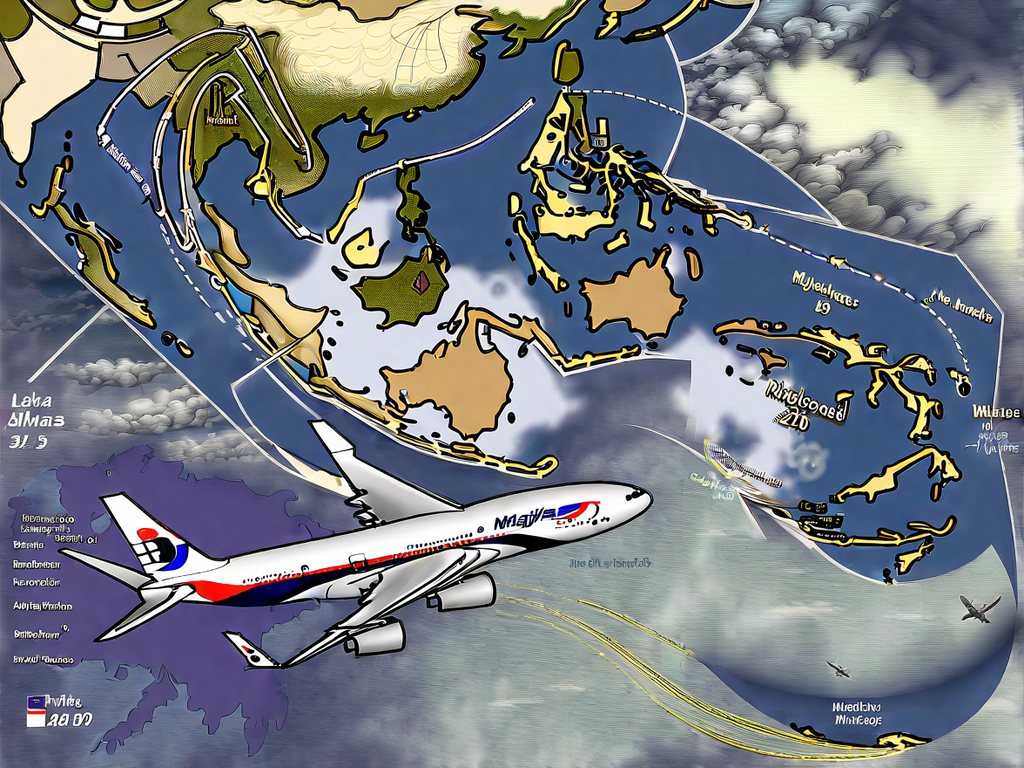Welcome to the exciting world of Virtual Reality (VR) technology! In this section, we will explore the fascinating components that bring a virtual environment to life. From the hardware that powers the immersive experience to the software that creates realistic simulations, VR technology is revolutionizing how we interact with digital content.
Hardware: Creating Immersive Experiences
VR hardware is the backbone of any virtual reality experience. It consists of specialized devices and peripherals designed to create an immersive environment. Let’s take a closer look at some key components:
- Head Mounted Display (HMD): The head mounted display, also known as VR goggles, is the primary device that users wear to enter the virtual world. It typically includes built-in screens or lenses that display the simulated environment directly to the user’s eyes.
- Tracking Systems: To accurately track the user’s movements in the virtual space, VR systems incorporate various tracking technologies. This can include sensors, cameras, or laser systems that monitor the user’s head position and body movements.
- Controllers: VR controllers provide users with a way to interact with the virtual environment. These handheld devices may include buttons, triggers, touchpads, or haptic feedback to enhance user interactivity and immersion.
Software: Crafting Virtual Worlds
On the software side, VR relies on complex algorithms and programming to create realistic simulations and interactive experiences. Here are some key software components:
- Rendering Engines: VR applications use sophisticated rendering engines to generate high-quality visuals and realistic environments. These engines leverage powerful graphics processing units (GPUs) to create seamless and immersive experiences.
- Content Creation Tools: Developers use specialized software tools to design and build virtual reality experiences. These tools allow creators to craft interactive environments, characters, objects, and other elements within the virtual world.
- Interaction Frameworks: VR systems employ interaction frameworks that enable users to interact with the virtual environment. These frameworks provide functionalities such as hand tracking, gesture recognition, and spatial audio to enhance user engagement.
| Type of VR Device | Description |
|---|---|
| Tethered VR | Tethered VR devices are connected to a computer or gaming console, offering high-quality graphics and immersive experiences. Examples include the Oculus Rift and HTC Vive. |
| Standalone VR | Standalone VR devices have integrated components, such as processors and displays, eliminating the need for external connections. The Oculus Quest and the HTC Vive Focus are examples of standalone VR headsets. |
| Mobile VR | Mobile VR relies on smartphones or tablets to deliver virtual reality experiences. Users insert their mobile devices into VR headsets like the Samsung Gear VR or Google Cardboard for a portable VR experience. |
Whether it’s a tethered system for high-end gaming, a standalone headset for convenient mobility, or a mobile VR setup for entry-level experiences, there is a VR device to suit every user’s needs and preferences.
Now that we have an understanding of the technology behind virtual reality, let’s explore the various exciting applications of VR across different industries in the next section.
Applications of Virtual Reality in Various Industries
Virtual Reality (VR) has emerged as a powerful tool with a wide range of applications across various industries. By immersing users in lifelike simulations, VR is revolutionizing education, training, healthcare, gaming, architecture, and more.
Enhancing Education
In the field of education, Virtual Reality is transforming the way students learn by providing immersive and interactive experiences. VR allows students to explore historical landmarks, dive into the depths of the ocean, or even travel to outer space, bringing subjects to life in a way that traditional textbooks cannot.
Redefining Training
VR is also revolutionizing training programs across industries. From flight simulations for pilots to surgical training for medical professionals, Virtual Reality provides a safe and realistic environment for learners to acquire hands-on experience. This immersive training helps improve skills, enhance decision-making abilities, and reduce costs associated with real-world training.
Revolutionizing Healthcare
In the healthcare sector, Virtual Reality is making significant strides. It is being used to alleviate pain and anxiety in patients, provide therapy for mental health disorders, and assist in rehabilitation. VR simulations can also aid surgeons in planning complex surgeries by visualizing patient-specific data in a three-dimensional virtual environment.
Transforming Gaming
As one of the most immersive forms of entertainment, Virtual Reality is redefining the gaming industry. By placing players inside virtual worlds, VR games create a sense of presence and interactivity like never before. Players can physically interact with the game environment, delivering a level of immersion unparalleled by traditional gaming systems.
Revamping Architecture and Design
Architects and designers are harnessing the power of VR to revolutionize the way they visualize and present their ideas. Virtual Reality allows clients to walk through virtual buildings, experience realistic interiors, and make informed decisions about design choices. This technology streamlines the design process, improves communication, and enhances client satisfaction.
These are just a few examples of how Virtual Reality is being utilized across various industries. From education to healthcare, VR applications are transforming the way we learn, train, and experience the world around us.
The Psychology of Virtual Reality
In the world of Virtual Reality (VR), it’s not just about the visuals and audio, but also about the psychological experience that users undergo. VR has the power to transport individuals into immersive digital environments, creating a sense of presence and blurring the line between reality and the virtual world.
One of the key psychological aspects of VR is the feeling of presence, which refers to the perception of being physically present in a virtual environment. When users put on a VR headset, they can feel as if they have been transported to another place, experiencing a heightened sense of immersion and engagement.
Immersive experiences in VR can evoke strong emotional responses, ranging from wonder and awe to fear and excitement. By manipulating the visual and auditory stimuli, VR can elicit emotions in a way that traditional media cannot. This emotional engagement enhances the overall user experience and creates a lasting impact.
Another crucial element in VR is embodiment, which refers to the sense of having a virtual body that is perceived as part of oneself. Through the use of motion tracking and haptic feedback, users can interact with virtual objects and characters, further enhancing the feeling of presence and immersion.
While VR has numerous benefits and exciting potential, it is essential to recognize that prolonged and intense exposure to virtual environments can have psychological effects. Some users may experience disorientation, cybersickness, or post-VR effects similar to motion sickness. Additionally, researchers are also examining the potential impact of VR on mental health and well-being.
The Future of Virtual Reality
As technology continues to advance at a rapid pace, the future of Virtual Reality (VR) holds immense potential. With ongoing advancements in VR hardware, software, and content creation, we can expect even more immersive and transformative experiences in the years to come.
One area of focus for the future of VR is the development of more comfortable and user-friendly hardware. While current VR headsets provide remarkable experiences, they can be bulky and uncomfortable for extended use. In the future, we can anticipate sleeker, lighter, and more ergonomic designs that prioritize user comfort without compromising on immersion.
In addition to hardware improvements, VR software is also expected to undergo significant advancements. Developers are constantly pushing the boundaries of virtual environments, creating more realistic and interactive experiences. From lifelike graphics to sophisticated physics simulations, the future of VR software promises to blur the line between the virtual and the real.
Content creation is another vital aspect that will shape the future of VR. As the demand for VR experiences continues to grow, we can expect a wider variety of high-quality content across various genres and industries. Whether it’s virtual tourism, immersive storytelling, or interactive educational programs, the possibilities for VR content are truly limitless.
The Impact on Various Industries
The advancements in VR technology will have far-reaching implications across different industries. For example, in the field of healthcare, VR can revolutionize medical training and simulation by providing realistic scenarios for doctors and surgeons to practice and refine their skills. Architects and engineers can use VR to create virtual walkthroughs and design simulations, allowing for more efficient and accurate planning.
In education, VR has the potential to transform traditional learning methods by creating engaging and interactive experiences. Students can explore historical events, visit different countries, or even conduct virtual experiments, enabling a deeper understanding of the subjects being studied.
Gaming, of course, will continue to be a major beneficiary of VR advancements. As technology progresses, we can expect more realistic graphics, enhanced haptic feedback, and seamless multiplayer experiences that truly immerse gamers in virtual worlds.
| Industries | Impact of VR |
|---|---|
| Healthcare | Revolutionize medical training and simulation |
| Architecture | Efficient design simulations and virtual walkthroughs |
| Education | Engaging and interactive learning experiences |
| Gaming | Realistic graphics and immersive gameplay |
In conclusion, the future of Virtual Reality is incredibly exciting. With ongoing advancements in hardware, software, and content creation, VR is set to revolutionize various industries and provide users with even more immersive experiences. As technology continues to evolve, the possibilities for VR are limitless, and we can only imagine the incredible journeys that lie ahead.
Conclusion
Virtual Reality (VR) has emerged as a powerful technology that goes beyond the boundaries of reality, offering users immersive experiences like never before. Throughout this article, we have explored various aspects of VR, from its technology and applications to its psychological impact and future possibilities.
VR technology, with its hardware and software components, creates virtual environments that transport users to new realms. This innovation has found its way into different industries, revolutionizing education, training, healthcare, gaming, architecture, and more. The transformative power of VR in these sectors is undeniable, providing engaging and realistic experiences that have proven to enhance learning, improve skills, and redefine entertainment.
Delving into the psychology of VR, we have uncovered the unique user experience it offers. The sense of presence, immersion, and embodiment that VR provides has the potential to captivate users and leave a lasting impact on their psychological well-being. While there are concerns about the effects of prolonged VR use, the field continues to advance, and research is ongoing to ensure safe and beneficial experiences.
Looking to the future, VR holds immense promise. Advancements in hardware, software, and content creation are continually pushing the boundaries of what is possible. As technology evolves, we can expect VR to play an even more significant role in our lives, shaping industries, entertainment, communication, and much more.




































